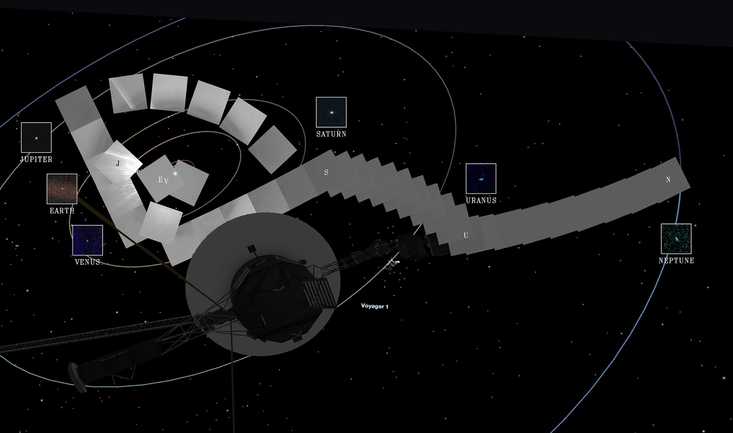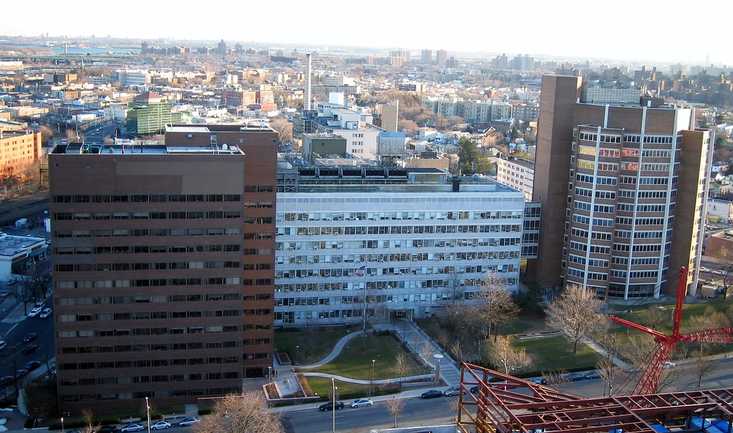Is Dine-In Fast Food Becoming A Thing Of The Past?
A post-pandemic slump and tons of new tech have changed the industry. Kristian Dowling/Getty Images
Kristian Dowling/Getty Images
News that is entertaining to read
Subscribe for free to get more stories like this directly to your inboxIf you grew up anytime in the past half-century or so, a highlight of your childhood probably involved digging into a kid’s meal and jumping around on the playground equipment at your favorite fast food restaurant.
The next generation of children might never know that joy.
Here’s why
As with many business-related changes in the past several years, some of the blame goes to COVID-19. Prior to the pandemic, about 28% of fast food customers chose to eat inside a restaurant. Now, that percentage has been cut in half.
In order to streamline service and meet modern expectations, McDonald’s and other popular chains are utilizing some high-tech alternatives to the traditional experience.
Here are a few examples of what’s already happening:
- Restaurants are emphasizing orders made on their apps.
- Instead of a human cashier, you might find a self-service kiosk.
- Some stores are getting rid of employees altogether.
The current shift might end up working out better for businesses and their customers. By trimming down the number of seats, restaurants can open in smaller spaces.
This can give people more choices in crowded areas while cutting down on real estate costs for businesses. Theoretically, those savings might trickle down to customers in the form of lower prices.
The bad news
With the lion’s share of fast food business now being ordered to-go, even casual eateries like IHOP have started to open streamlined locations where everything is packaged for takeout or delivery.
As restaurants get smaller and more automated, that means there’s less need for employees, resulting in layoffs for employees who rely on their paychecks.
And let’s not forget the other victims: children who will never know the joy of opening up a kid’s meal, unwrapping the toy inside, and kicking off their shoes for a romp on the playground.
 Why Is The Aging Voyager 1 Probe Sending Back Incoherent Communications?
It's been speaking gibberish for a few months and officials are concerned.
Why Is The Aging Voyager 1 Probe Sending Back Incoherent Communications?
It's been speaking gibberish for a few months and officials are concerned. One Woman’s Massive Donation Is Wiping Out Tuition At This Medical School
Her inheritance came with the instruction to do "whatever you think is right."
One Woman’s Massive Donation Is Wiping Out Tuition At This Medical School
Her inheritance came with the instruction to do "whatever you think is right." Woman’s Pets Will Inherit Her Multimillion-Dollar Fortune, Not Her Kids
It's not the first time four-legged heirs were named in a will.
Woman’s Pets Will Inherit Her Multimillion-Dollar Fortune, Not Her Kids
It's not the first time four-legged heirs were named in a will.